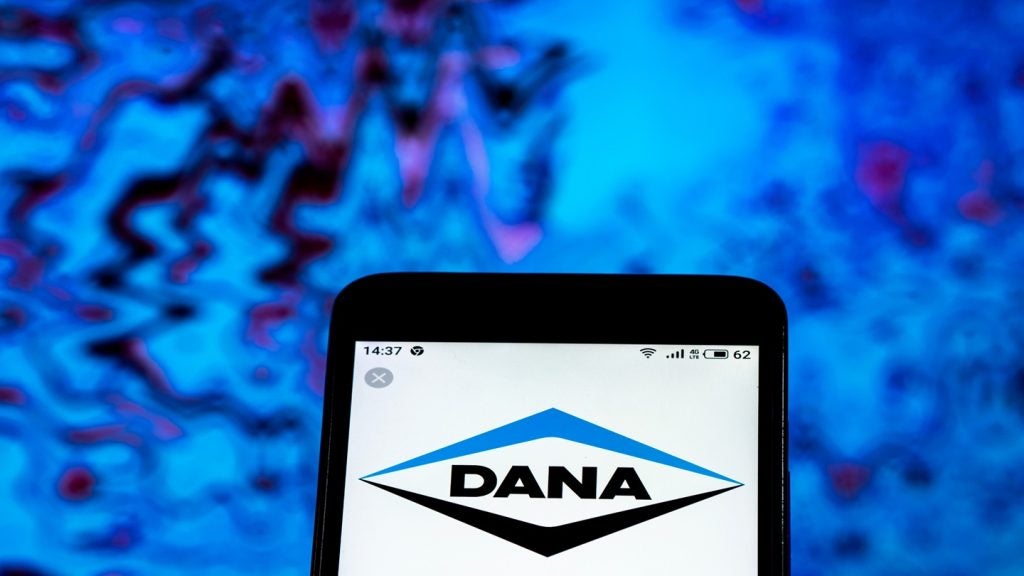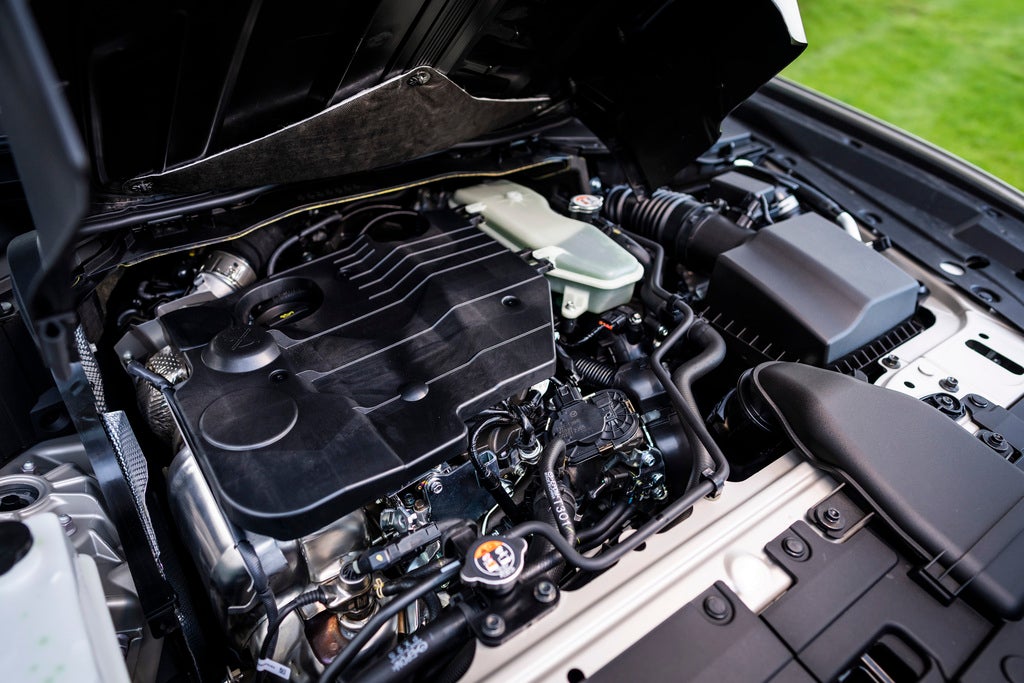 Five years since it was first proposed, the End-of-Life (ELV) Vehicle Directive has just about made it to the statute books of a handful of EU member states. But the deadline of April 21, 2002 for transposition went by without a single EU country passing legislation. Vague and retrospective elements of the legislation’s clauses have been blamed for the delays and several aspects of ELV have been bitterly opposed, no more so than in Germany where half of all cars on European roads are manufactured. Jonathan Thomson reviews the state of play.
Five years since it was first proposed, the End-of-Life (ELV) Vehicle Directive has just about made it to the statute books of a handful of EU member states. But the deadline of April 21, 2002 for transposition went by without a single EU country passing legislation. Vague and retrospective elements of the legislation’s clauses have been blamed for the delays and several aspects of ELV have been bitterly opposed, no more so than in Germany where half of all cars on European roads are manufactured. Jonathan Thomson reviews the state of play.
Hazardous shredding residue
It was 1997 when the European Commission first proposed the directive, which has three key themes. The first part of the legislation resulted from a broader environmental objective of the Commission, the need to reduce the flow of hazardous waste into landfill sites. Scrapped vehicles became the focus of attention, not least because a quarter of what is left over after a vehicle has been shredded is hazardous waste, including fuels, fluids, PCBs and heavy metals. This hazardous “shredding residue” from cars, trucks and buses amounts to almost 2 million tonnes of hazardous waste each year in the EU, around one tenth of the total amount produced.
The Commission’s initial proposals sought to virtually eliminate the disposal to landfill of vehicle shredding residue. And when a Council of Ministers and European Parliament conciliation committee finally reached settlement over the more contentious aspects of ELV in May 2000 the Commission pretty much got what it wanted. The use of lead, cadmium, mercury and hexavalent chromium in car manufacture was to be banned from 2003 and would apply to individual vehicles. Under pressure from car manufacturers the European Parliament had wanted more time, calling for the ban to be effective from 2005 and wanted it to apply to models of car, rather than individual vehicles. The latter point was seen as important as it would have resulted in phase-out being delayed by around seven years.
Exemptions sought by manufacturers
How well do you really know your competitors?
Access the most comprehensive Company Profiles on the market, powered by GlobalData. Save hours of research. Gain competitive edge.

Thank you!
Your download email will arrive shortly
Not ready to buy yet? Download a free sample
We are confident about the unique quality of our Company Profiles. However, we want you to make the most beneficial decision for your business, so we offer a free sample that you can download by submitting the below form
By GlobalDataThe failure of the manufacturers to achieve concessions through its lobbying of MEPs resulted in the use of heavy metals remaining a bone a contention ever since ELV was ratified in October 2000. As a result several exemptions have been sought.
There is some leeway built into the directive for technical amendments, with a new Annex II being agreed by manufacturers last month, allowing certain uses of heavy metals to continue beyond July 2003. Hans-Martin Lent-Phillips of the European Automobile Manufacturers Association (ACEA) welcomed the move as one that provided “legal certainty”.
However, the
“ACEA remains concerned about bans on materials effecting wheel balance weights and brake linings from July 2005.” |
Dr Stefan Woerhrl, head of the environmental department at the German Association of the Automotive Industry (VDA) added that aspects of Annex II could hardly be regarded as concessions. He described a move to allow 0.1 per cent of impurities as “meaningless” for manufacturers as such levels could occur naturally.
Retrospective recycling prompts bitter manufacturer protests
Carmakers have been further frustrated by the second main area of the directive; at the outset the Commission made clear its wish to see vehicle manufacturers responsible for the costs of dismantling and recycling old vehicles.
Bitter protests ensued, not least because the financial burden for disposal and recycling would shift from the last-owner to original maker. German manufacturers, again, were especially concerned. It emerged that the Commission not only wanted to make manufacturers responsible for disposal and recycling of cars placed on the market from 2001, but also all vehicles made prior to this date. Several manufacturers claimed that such retrospective responsibility would not only be financially crippling, but would also be illegal under European law.
However, despite huge opposition from manufacturers the Commission was once again victorious when the matter went before the conciliation committee in May 2000. For all its pressure on the European Parliament
“..the manufacturers only managed to achieve a one-year delay on retrospective responsibility.” |
The final agreement on ELV also managed to confuse matters, stating that manufacturers would pay “all or a significant part” of the costs of a free-take back and recycling scheme. Manufacturers leapt on the vagueness of the statement, believing that it meant costs could be shared with consumers.
VDA pressurises Bundestag
In Germany, the VDA applied pressure on its own national parliament, the Bundestag, seeking confirmation that disposal and recycling costs could be shared with the final owner, proposing a Euro 100 levy on consumers. The Commission objected and the Bundestag rejected the proposal pressing ahead with a draft law requiring manufacturers to bear the full costs of scrap vehicle disposal and recycling. However, the VDA told just-auto that although manufacturers were making every effort to keep a lid on costs, it was “inevitable that consumers will eventually pay through price increases”.
The VDA’s Dr Woehrl said that the draft has now passed through all phases in the Bundestag and expects a law to be passed “in the next few weeks,” once it is rubber-stamped by the Chancellor and the President. Ironically, despite German motor manufacturers being ELV’s most stern opponents, it now seems certain that the Bundestag will be the first to finalise legislation transposing the Directive.
However, this is not the end of matters according to Dr Woehrl. German car manufacturers are worried about registration and de-registration procedures, claiming that systems are not sophisticated enough for the changes ELV will bring. Dr Woehrl believes there is a serious danger of fraud from dishonest vehicle dismantlers claiming false costs from manufacturers. “Further regulations are needed,” he said.
Meanwhile, moves to transpose the directive in other car producing EU Member States range from nearing completion to mere proposals.
‘Quiet’ in the UK
As in Germany, the UK was originally seeking to implement ELV prior to the April 2002 deadline but failed to achieve this. But while Germany is now close to finalising the parliamentary process, developments have “been quiet” in the UK according to the Society of Motor Manufacturers and Traders (SMMT).
Spokesman for SMMT, Nigel Wonnacott said: “We haven’t heard much from the Government on ELV for sometime now. It was rumoured they were to bring forward the effective date on manufacturers liability for older cars. Obviously we were quite concerned about this, but we have since been assured of a level playing field with European competitors. With Germany sticking to 2007 we hope that legislation, when it eventually comes, will be in keeping with the directive.”
Indeed,
“it appears the UK has adopted a ‘wait and see’ approach” |
Spain too is focusing on this aspect and is set to create a national network of over 1,000 vehicle decontamination centres and a separate network of authorised dismantlers. Its target of 80 per cent of vehicle weight recovery or recycling by 2006 falls short of the ELV requirements of 85 per cent by 2005, but has been set as the lowest acceptable level at which authorised decontamination and dismantlers may operate. Spain, like Germany, is close to passing a law.
Good progress on recyclability
By 2015, ELV makes things even tougher, with 95 per cent of the weight of vehicles having to be recovered. However, it is widely accepted that vehicle manufacturers are making good progress on recyclable or reusable components.
France proposes that owners be entitled to take their vehicles back to shredders free of charge. If the shredders could then demonstrate, following an independent audit, that the process of treating cars was not profitable, then the producers would be required to meet the costs or deficit involved.
Italy is considering the creation of a national consortium that all producers and treatment facilities would join. The Government would set the costs of treatment, which would be funded through a premium or tax on new car sales. They will gradually introduce producer responsibility from 2007.
A scheme already exists in Sweden where producers are required to meet the full costs of treatment and recycling for all vehicles first sold from 1998 onwards, although these will only be scrapped in significant numbers from 2010 on. Producers will also be required to meet 50 per cent of these costs for all older vehicles from 2002. The remainder will be paid by last-owners, who can then recover the costs from a fund generated through a tax on new car sales.
Likewise, a scheme already exists in Denmark where a vehicle’s last owners are required to meet the full costs of treatment and recycling, but can then reclaim this from a central fund, generated through a tax on car insurance.
Despite the failure of most countries to transpose the directive a spokesperson for the European Commission said: “We are confident that it will only be a short time before we see final legislation. We know Member States are busy on implementing ELV and that’s our focus, to ensure it is done.”
Undoubtedly the cost to car manufacturers of ELV will be huge. Dr Stefan Woehrl told us he was aware of one car manufacturer setting aside reserves of Euro 1.3 billion for to cope with costs associated with the directive and he puts EU-wide reserves at around Euro 4 billion.
Euro 20 to 120 per car cost
The Commission told just-auto that this reflects its own estimate of overall costs, put at between Euro 3.5 and 5.6 billion and argues that the cost is justified not only on environmental but also economic grounds. The Brussels spokesperson said that many jobs would be created in the recycling industry and explained that transposing its estimate of overall cost to individual vehicles results in an additional Euro 20 to 120 per car, which it described as “a modest cost for the benefits which will result.”







